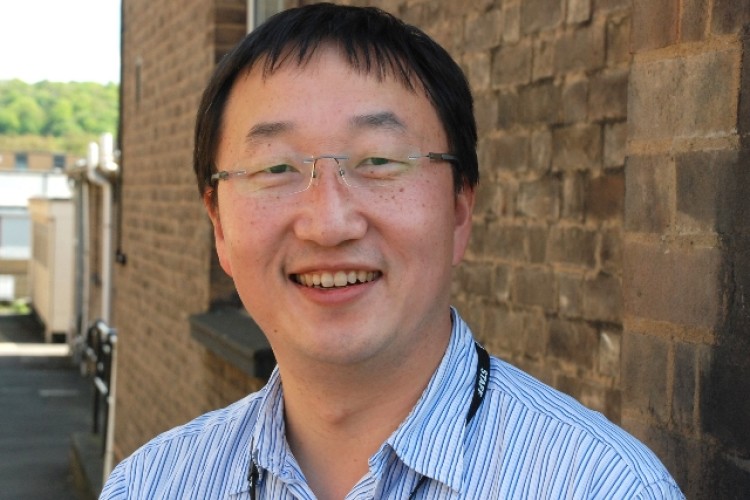Architects’ predictions of potential energy consumption of their buildings are notoriously inaccurate. New buildings can consume up to twice as much energy as their designers expected.
Now a University of Huddersfield professor is carrying out research that aims to reduce this gap.
Song Wu is professor of surveying and IT at the University’s School of Art, Design & Architecture and an expert in computer modelling and simulation of the built environment. He plans to develop a dynamic behaviour model (DBM) that will use realistic data to make a much more accurate prediction of the energy usage of non-domestic buildings. DBM will take into account a range of factors, such as occupancy level, the behaviour of the building’s occupants, equipment use and the nature of the business.
Professor Wu has been granted a Newton Research Collaboration Award by the Royal Academy of Engineering. He will work closely with the Huazhong University of Science & Technology (HUST) in China, where a proliferation of new building means that suitable case studies are easier to identify.
A new exhibition centre in Wuhan, China, is to be the focus of the first phase of research. HUST researchers will gather observational data and Professor Wu will use it to create a computer model. The ultimate goal is to produce a tool that architects and engineers can use to better predict energy consumption and therefore design them to be much more efficient.

“When you design a building you do a prediction of what potential energy consumption will be,” said Professor Wu. “But when you compare that with the actual usage, the gap can be between 50 to 100 per cent.”
This performance gap arises because architects or engineers might not have a full understanding of how the building is going to be used, he said. They have to make assumptions based on benchmark data. But when occupants of the building behave differently, and other factors come into play, the predicted level of energy use is often highly inaccurate.
“What we are now trying to do with DBM is to develop a platform, or technology, that can simulate the usage of a building dynamically. If you have an understanding of how a building is potentially going to be used, then you can put into the simulation platforms and you run it to generate data, which is based on occupancy, and this can become input for an accurate energy analysis tool,” said Professor Wu.
The Newton Research Collaboration with HUST lasts for just a few months, but the aim is that it will lead to scientific publications and provide proof of concept. Further funding would then be sought to take DBM to the next stage.
In addition to providing data about energy, the model – based on actual usage and occupancy of a building – could also have other applications, such as security and acoustics.
Got a story? Email news@theconstructionindex.co.uk



